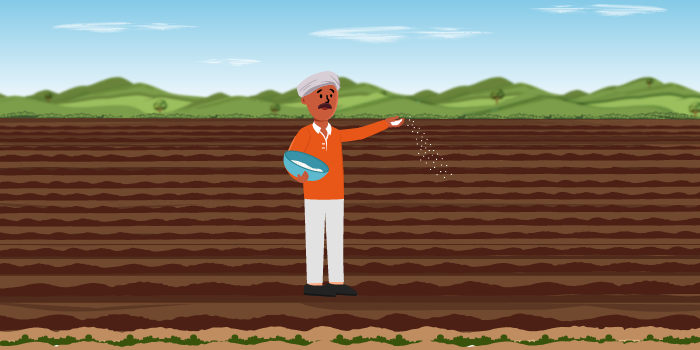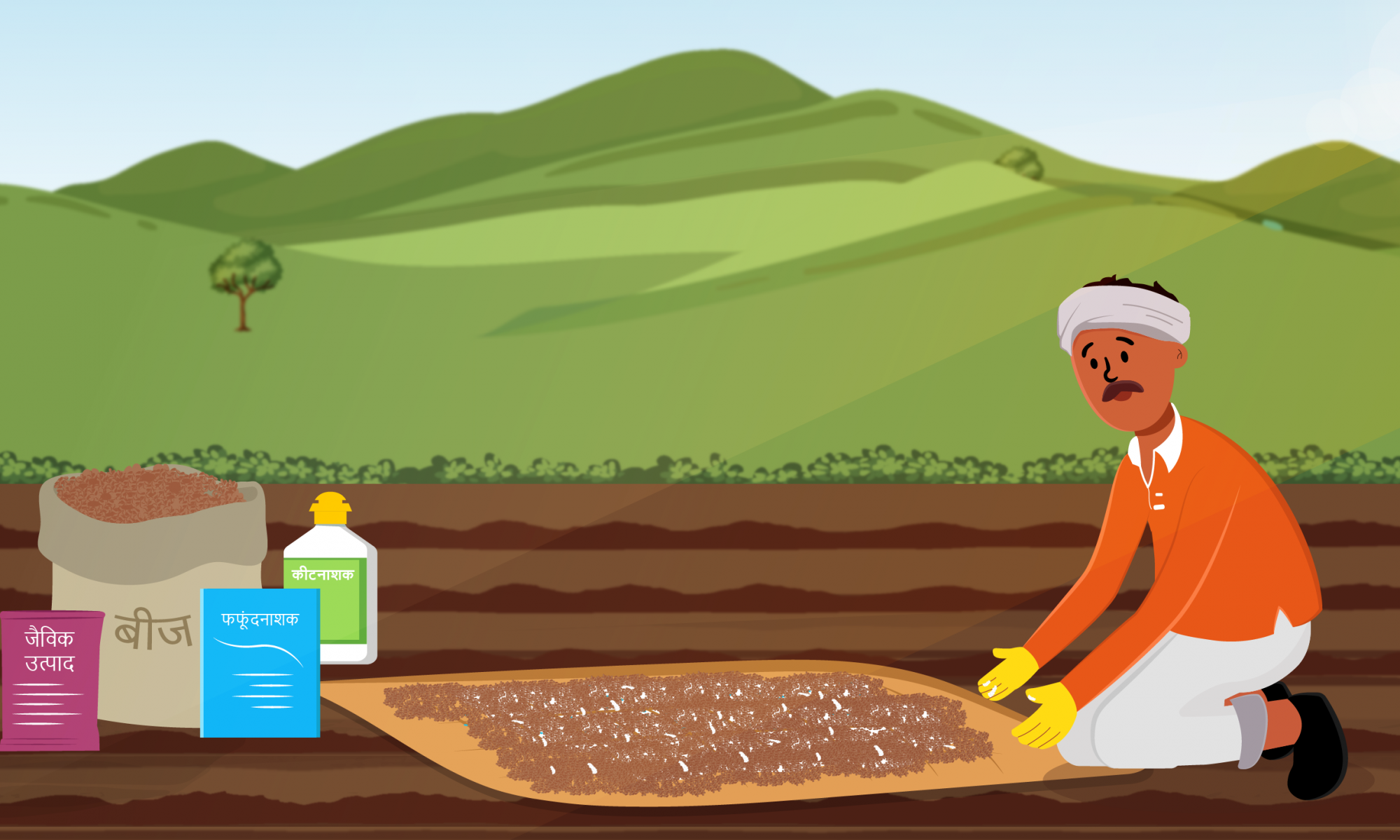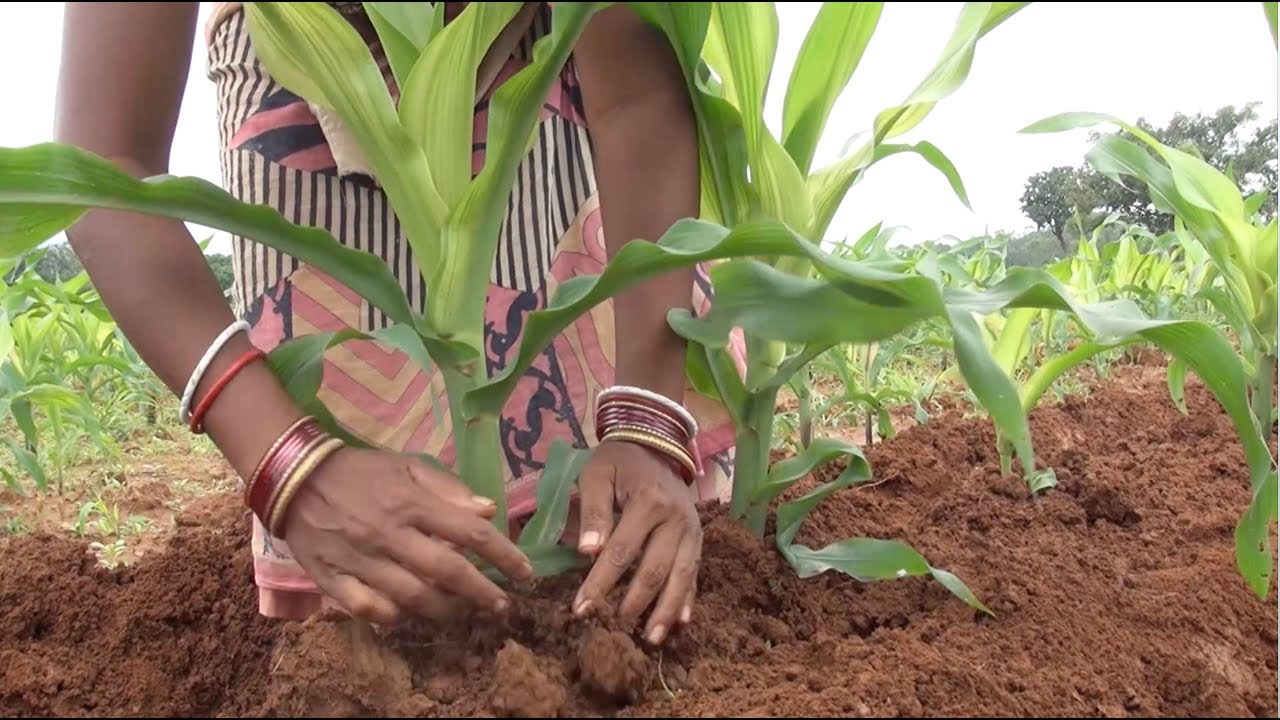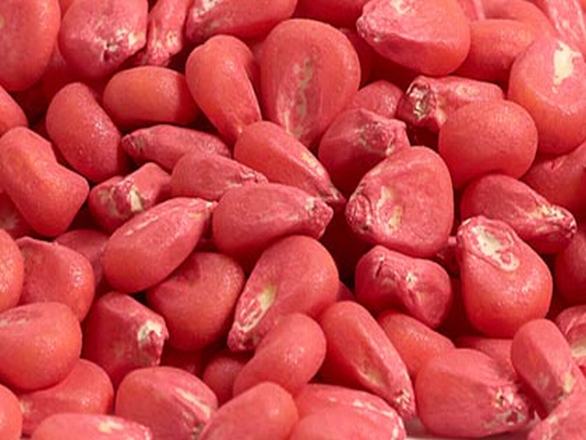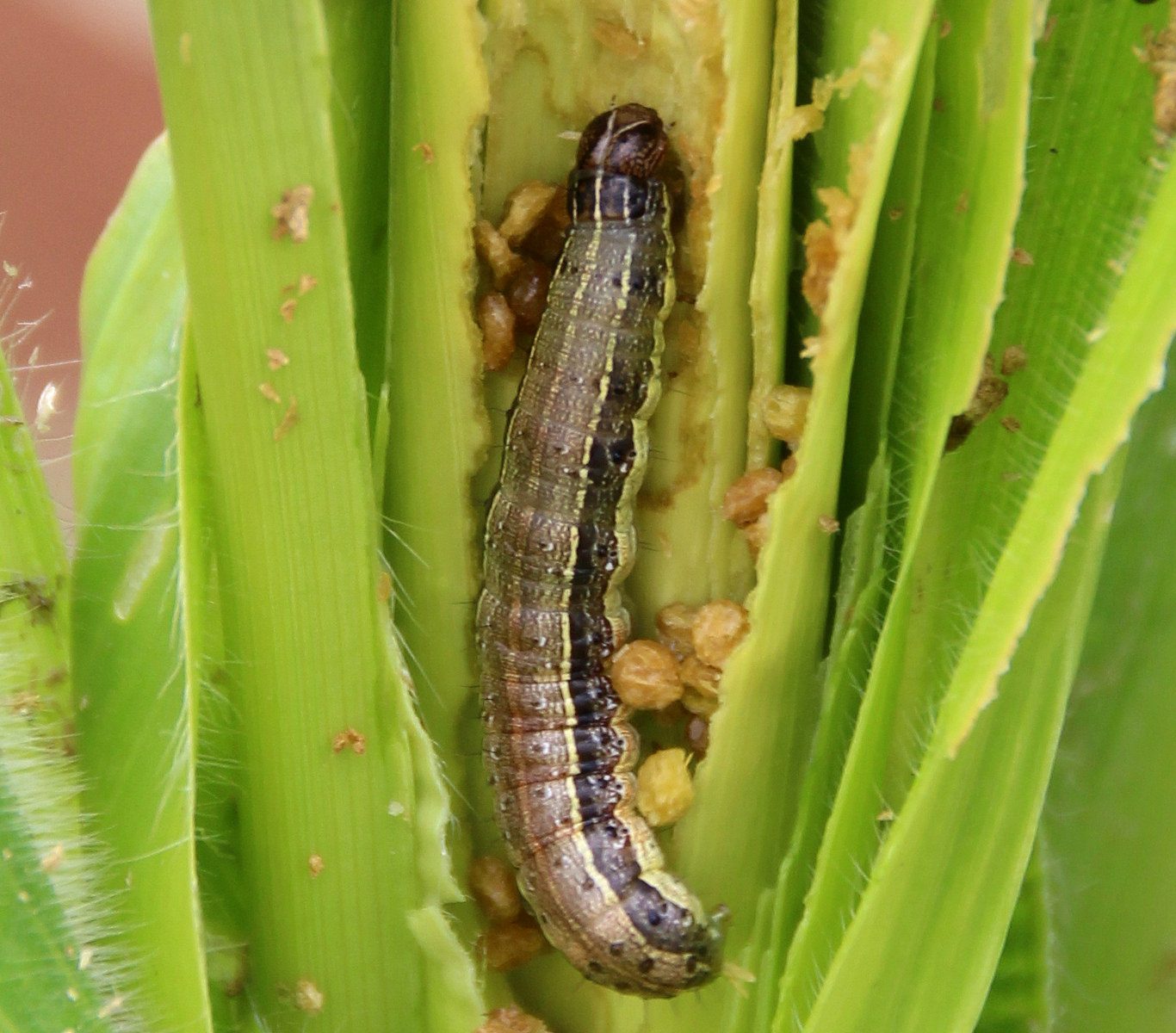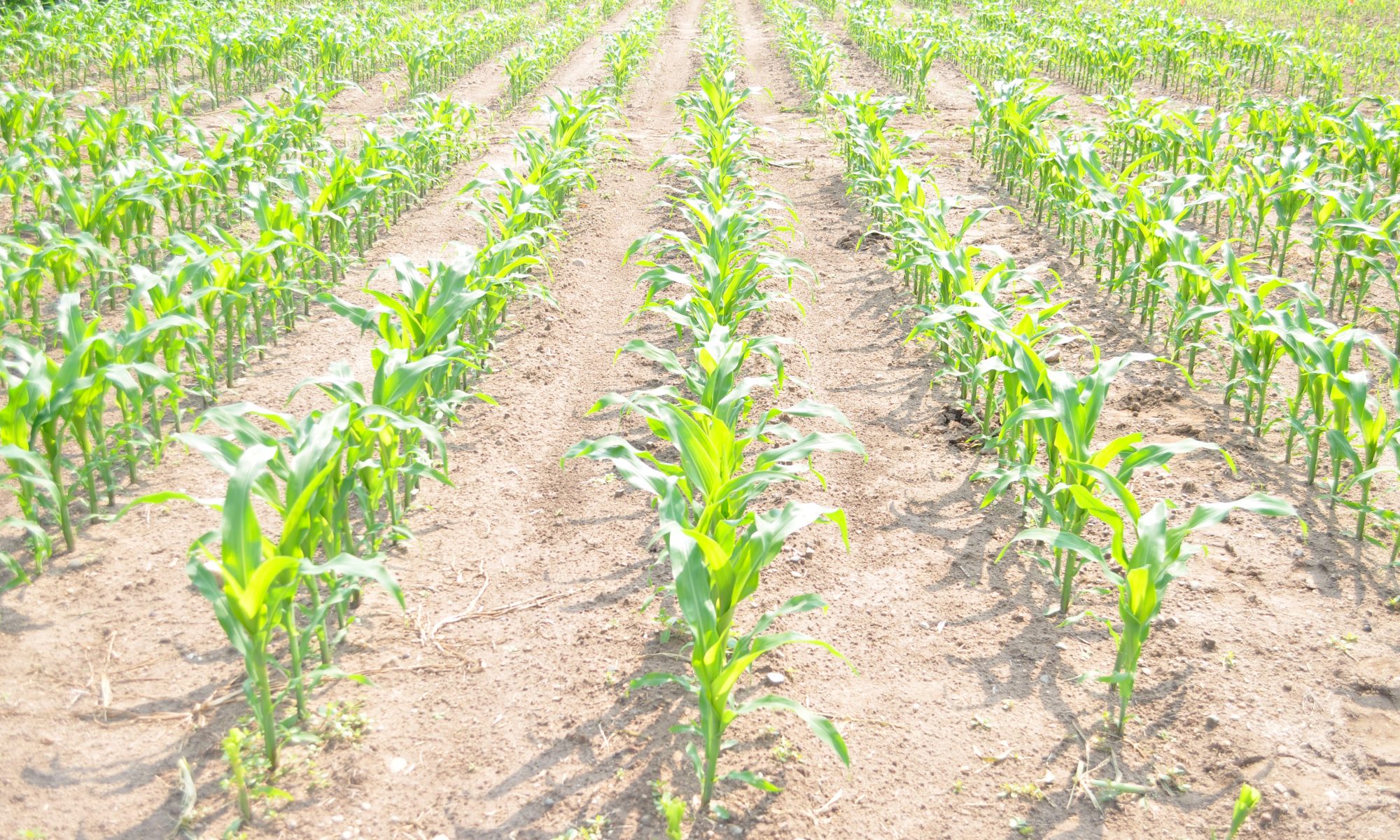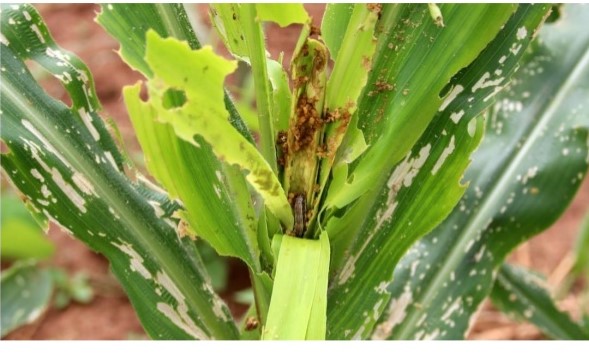1 to 2 days after sowing – to provide primary nutrients to the crop
Just after sowing give first irrigation and apply a basal dose of fertilizer as below. Mix all these & spread over soil- Urea 25 kg, DAP- 50 kg, MoP- 40 kg, NPK bacteria (SKB Fosterplus BC 15)- 100 gram, Zn solubilizing bacteria (SKB ZnSB)- 100 gram + Seaweed,amino,humic & Mycorrhiza (Maxxmyco) 2 kg per acre. To know more give a missed call on our toll-free number 18003157566.
Share
